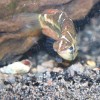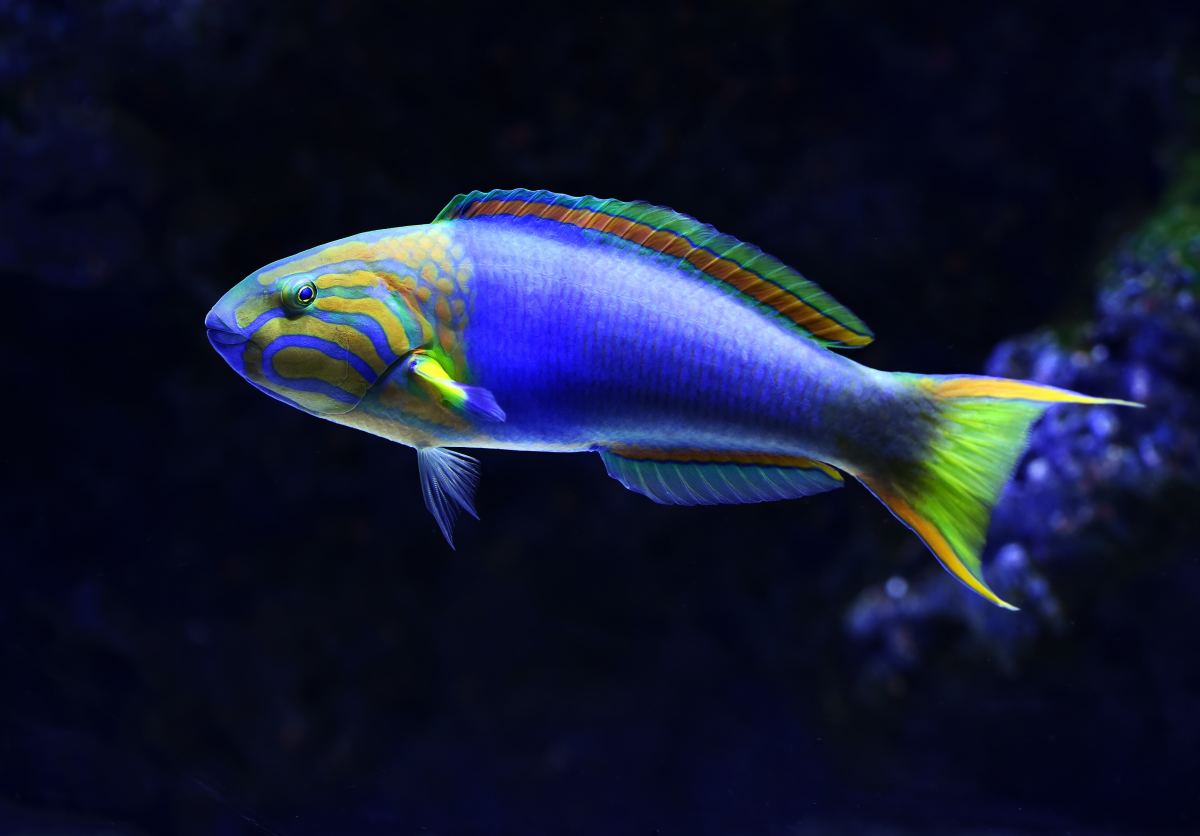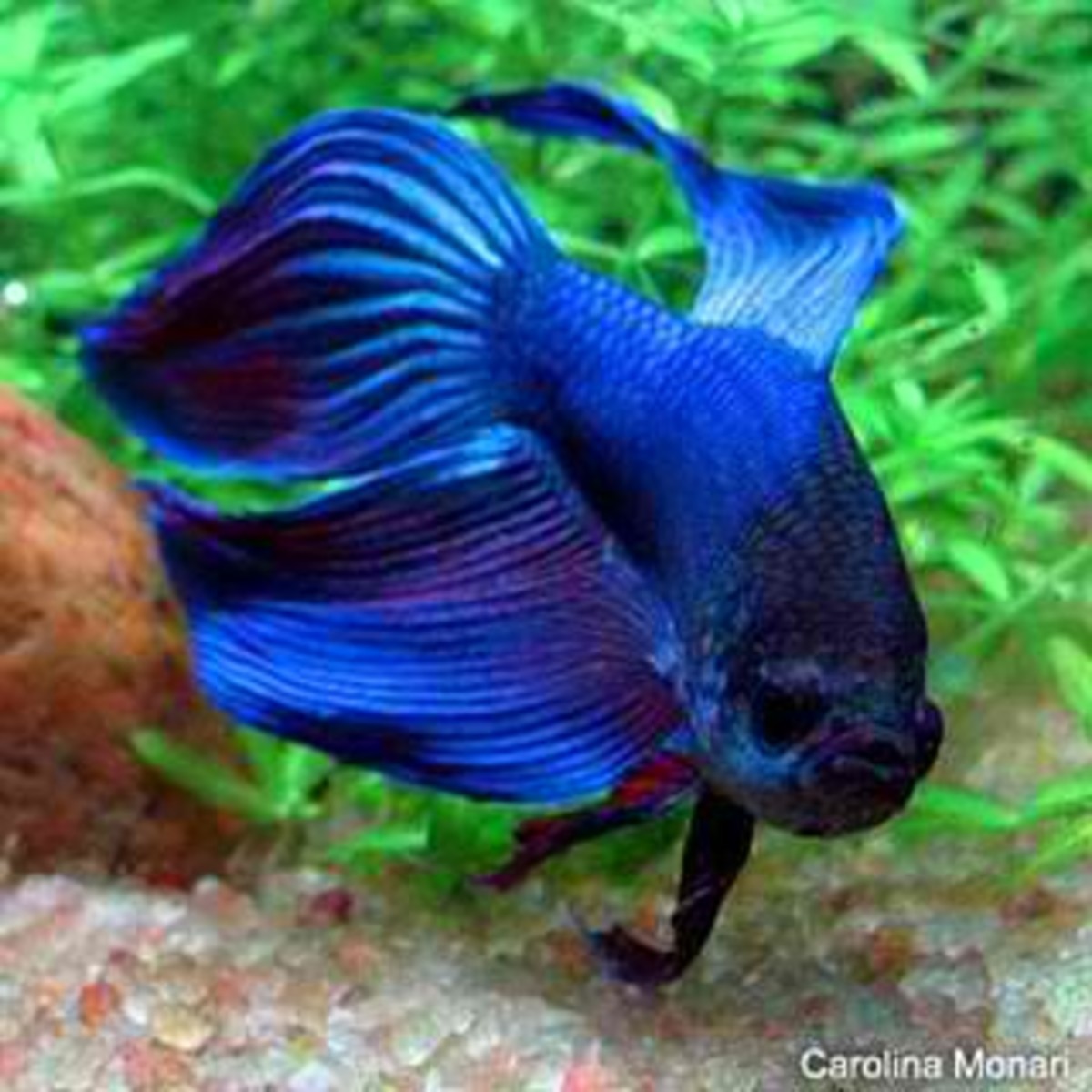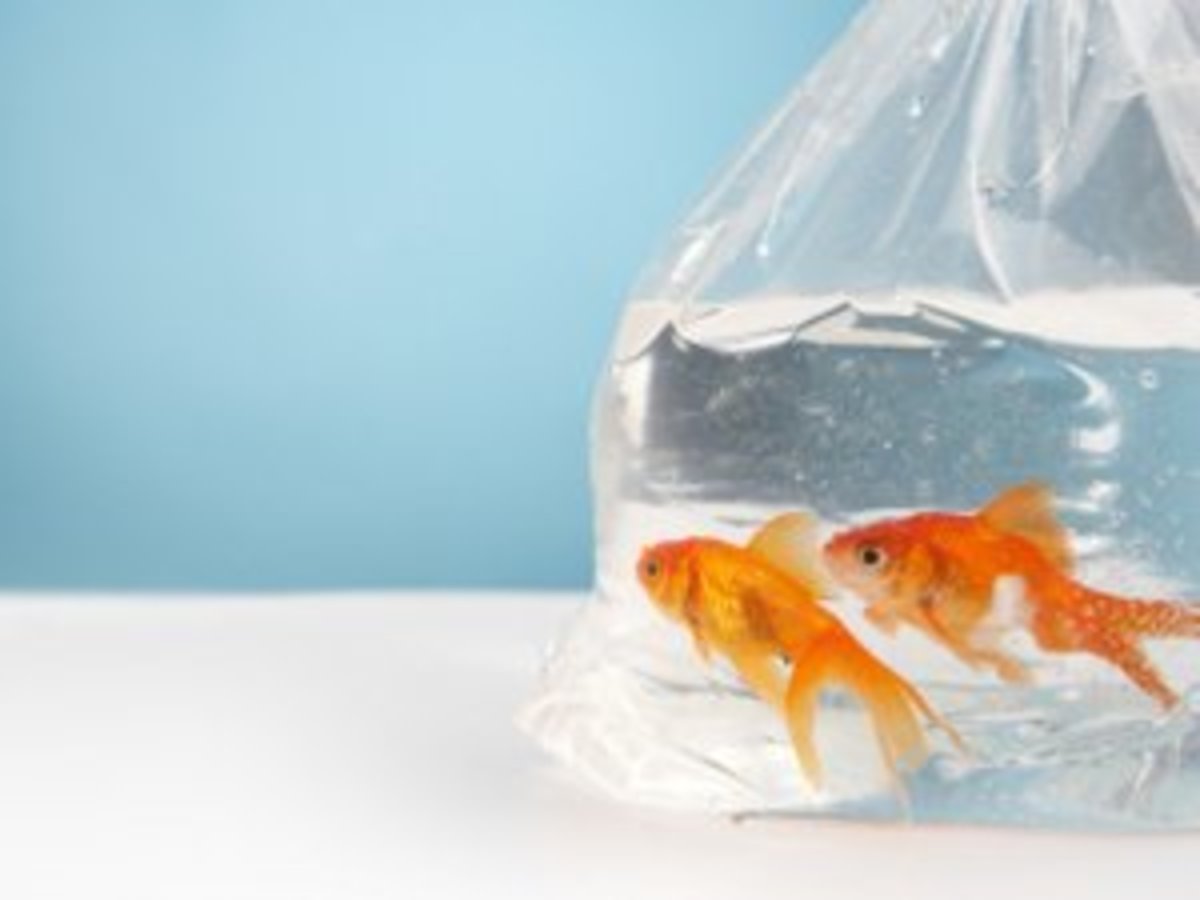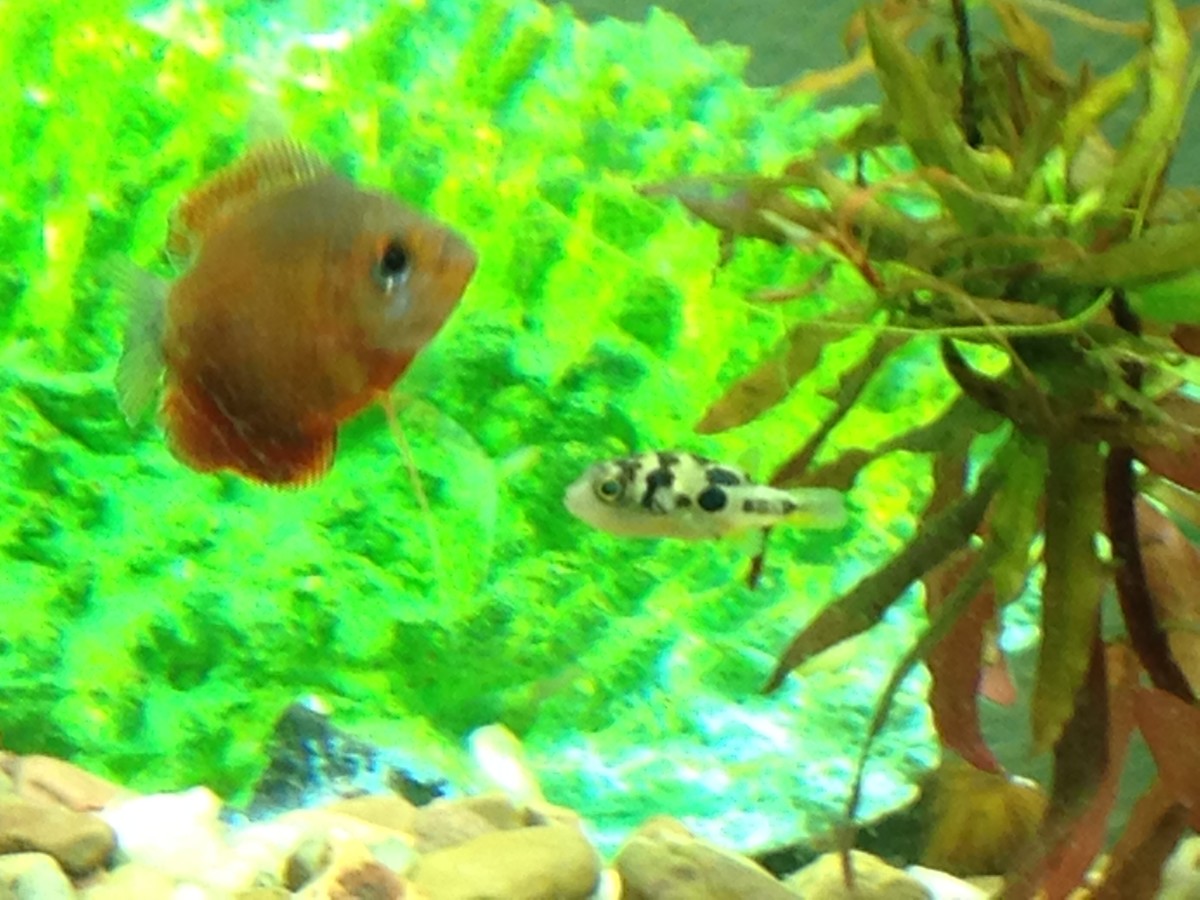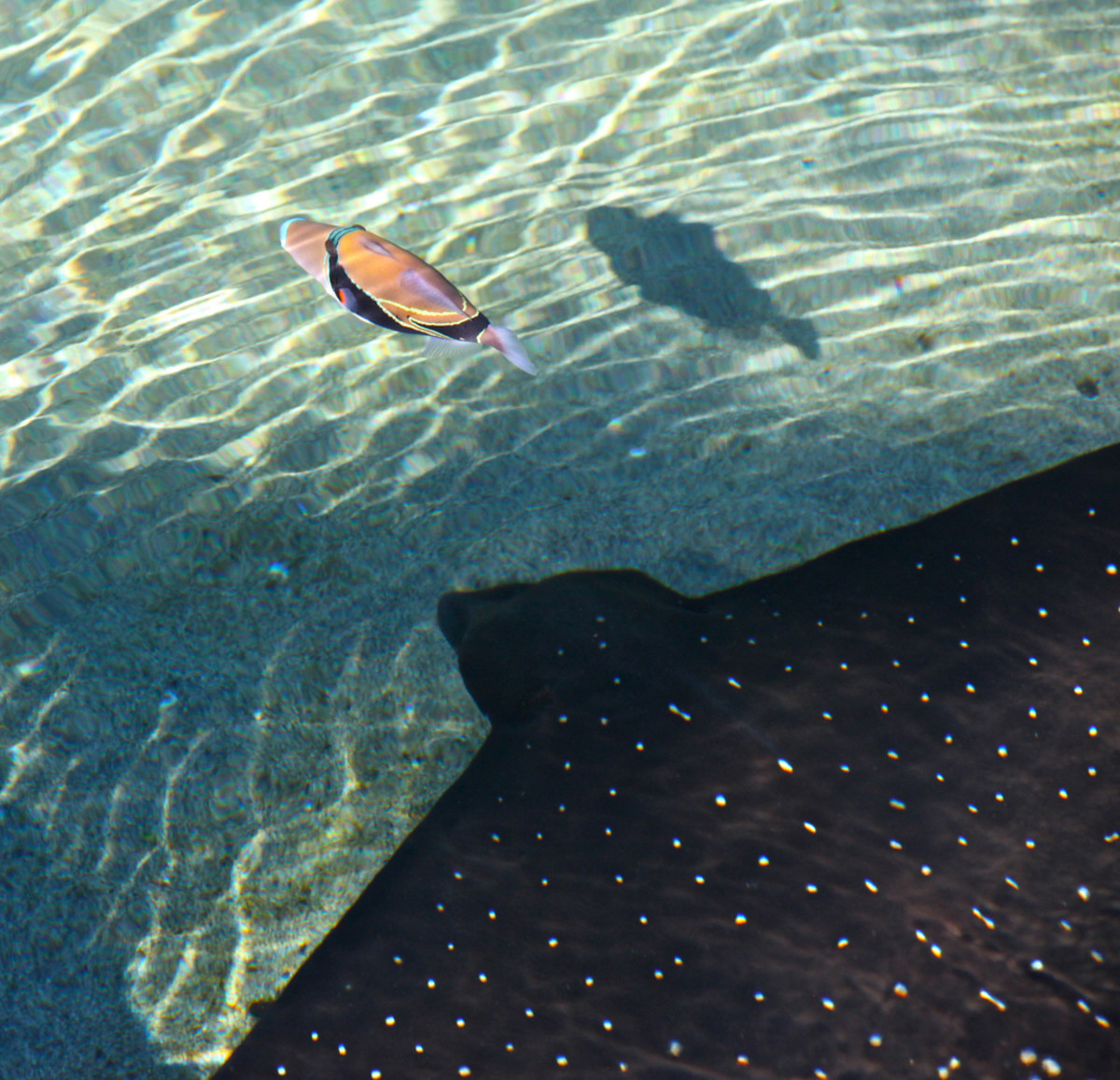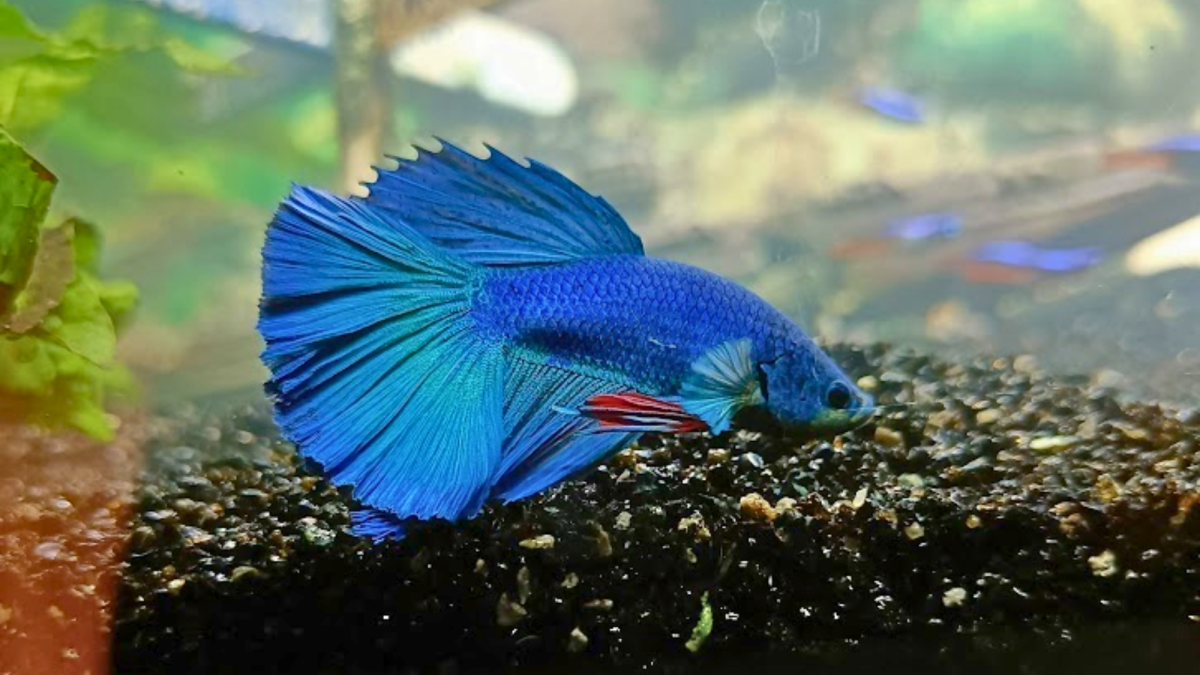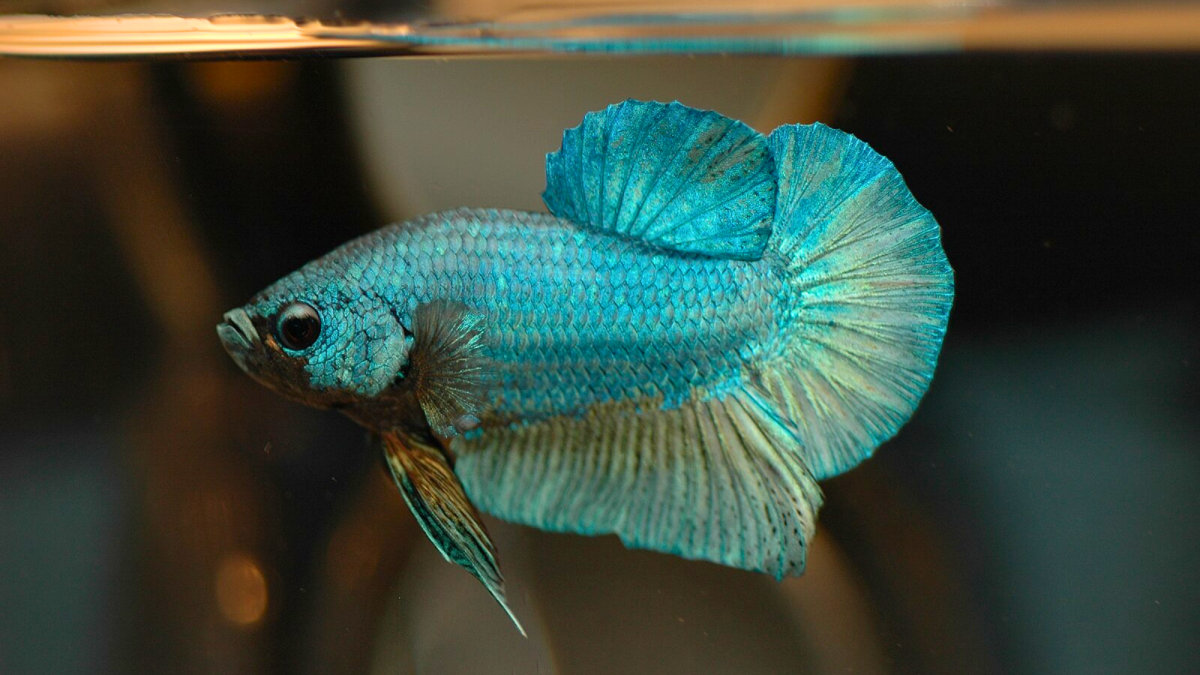Aquatics: Fish Profile: Angel fish
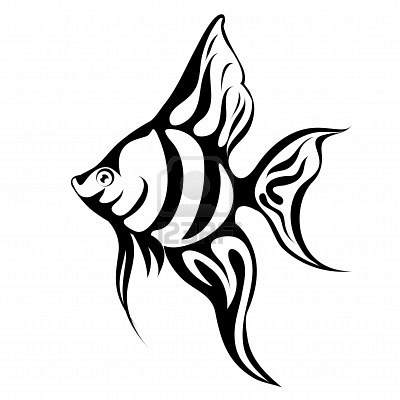
Classy Classic Angels
Angel fish (Pterophyllum scalare) are very popular fish in the hobby for a lot of reasons. Angel fish are cichlids, but unlike some of their relatives, such as Oscars, angels make fairly stable community centerpieces.
Angel fish also come in a wide variety of fin types, patterns, and colors. This variety combined with the elegant, elongated body and interactive personality makes them extremely attractive to keep in freshwater aquariums. They make a nice sized addition to a community tank as long as their tank-mates don’t fit in their mouths or fin nip.
Plus, as babies, they’re really stinking cute (y’know, for a fish).
Please note, this is only for “domestic” varieties of angel fish. Wild angels have different temperaments and special needs as they have not been bred for 100 years in captivity!
Adult size: 4-6" or 10.2cm long; 8-10” tall
Temperament: generally peaceful
Life Span: 8-10 years
Tank size: 29 gallons+ or 110L+
Breeding: Easy
Availability: Private & local fish stores & breeders & fish clubs
Price: Inexpensive
Quick Facts
Common name(s):
· Angel fish
- Color, Markings, & Fins
- Koi, marble, blushing, gold, silver, chocolate
- Leopard, zebra, lace
- veiltail
Scientific name: Pterophyllum scalare
Distribution: South America
pH: 6.0-8.0
Temperature: 75-82F or 24-28C
Care
Care for the angel fish is very simple. They are undemanding about water values or quality as long as the tank is fairly clean and stable. Some strains have been a bit overbred however, and may be a little more sensitive.
Since they are carnivores, a good flake supplemented with frozen or freeze dried blood worms or brine shrimp is an appropriate diet. Angel fish also appreciate live blackworms and live flightless fruit flies. If housed with livebearers, they will delight in hunting down the fry (babies).
As you can imagine, having such a tall “finspan” means angels like deep/tall tanks. For a single angel, a minimum of a 29 gallon is appropriate. They also like areas where they can hide and hang out to rest. Angels appreciate live plants, especially grass-like vals, and will not eat or destroy them unless breeding. In fact, angels breed against flat surfaces and anubias are a perfect place for them to lay their eggs.
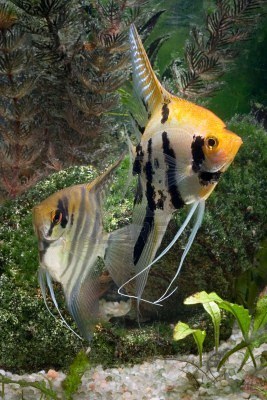
Breeding
Breeding angels is fairly easy provided that you have a healthy male, a healthy female, and water. In fact, this often happens to unsuspecting hobbyists who wake up to all the other fish in the tank huddled terrified in the corner away from the protective pair. Favorite spawning sites involve heaters, walls, flat leaves, and flat stones.
First time parents may not be successful in the home aquarium. Angels in the store have been artificially raised and don’t always have the skills to raise a brood. Experience usually teaches them how to do it. Got to love those instincts!
Both parents will protect and fan the eggs as well as “herd” the fry around the tank under a protective eye. Usually the male will protect the perimeter around the nest while the female sticks close to the fry.
Fry are easily raised in-tank with the parents and will accept micro-foods, egg yolks, and crushed flakes. They grow very quickly to quarter size, which is standard sale size.
Personal Experience
I can easily understand why these guys are so popular. They are very personable and curious and intelligent. They seem to actually differentiate between people and will wiggle for food. A single angel fits nicely in a standard 29 gallon and makes a fantastic centerpiece.
Most of my angels were rescued from people who no longer wanted them. I took them to rehome them (from different sources) and quickly realized the caveat to their sweet temperaments! Angels pair up and breed with ridiculous ease. And like most cichlids, they are extremely vicious about protecting their precious offspring. I went from 7 temporary, friendly adult angels to 3 pairs of raging parents and 1 poor sucker in the middle.
One the bright side, it made it easier to rehome them, but I lost a few community civilians before ending the war.
Another drawback I found is angels like to hang out in groups but it’s not really like a herd of sheep. It’s more like a pack of wolves; they have a very distinct pecking order and if you only have 2 or 3, it can get ugly for the bottom. No one wants to see their cute little pet being picked on and harassed into hiding all the time.
The solution is probably to either have a 55+ gallon with a large group of 4-5 angels or keep a single angel (the route I went).
